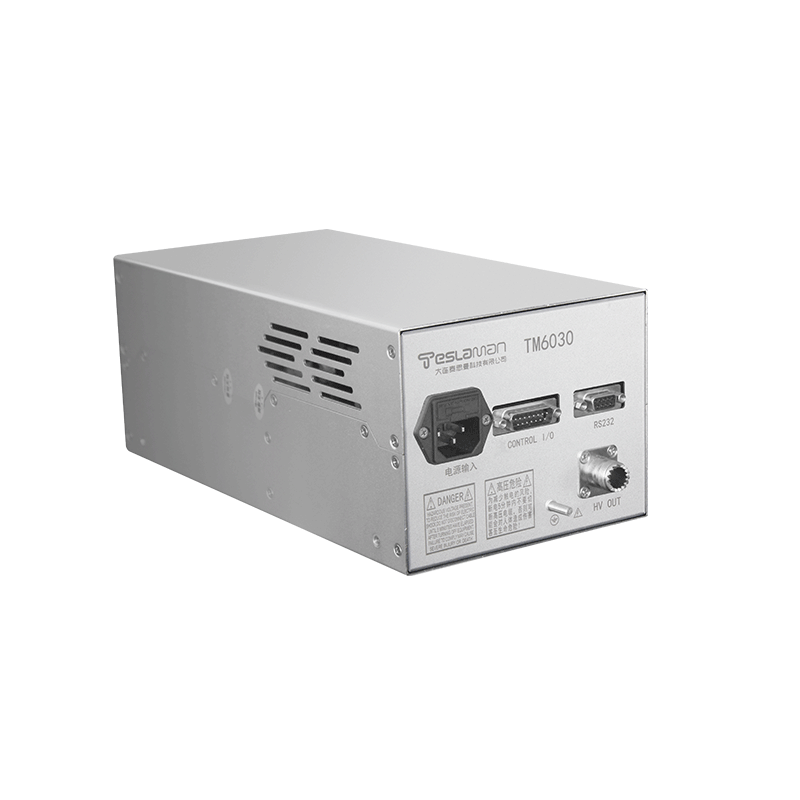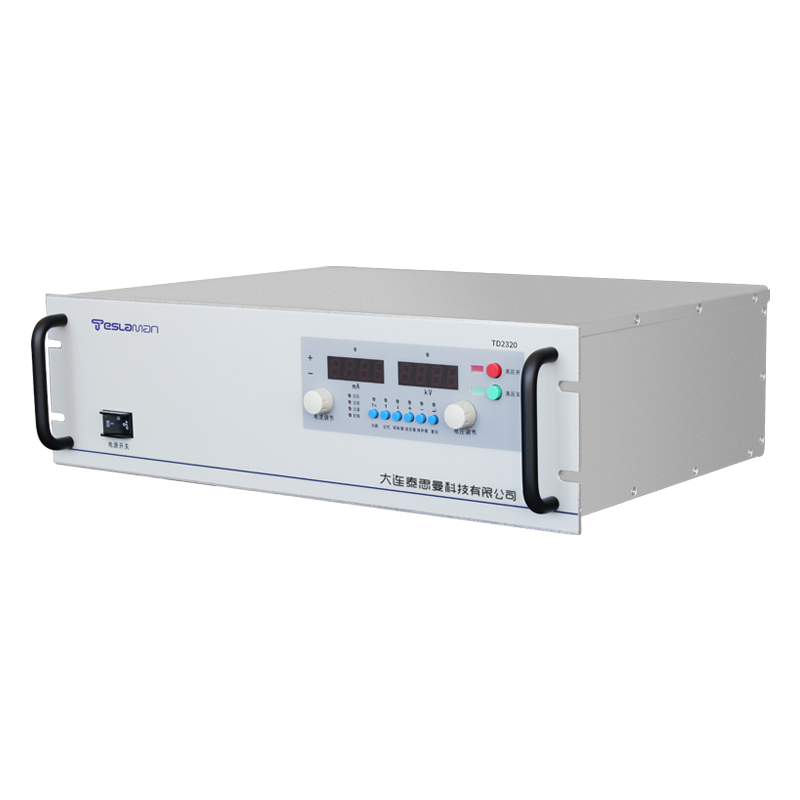Application and Resolution Enhancement of High-Voltage Power Supplies in Mass Spectrometry
In the field of modern analytical science, mass spectrometers serve as core devices for substance qualitative and quantitative analysis, with continuous improvements in their performance being a focal point for both scientific research and industrial applications. High-voltage power supplies (HVPS), as critical components of mass spectrometers, directly determine the focusing capability of ion optical systems and the resolution of mass analyzers through their stability and precision. This article explores the core pathways for enhancing mass spectrometry resolution via HVPS optimization, along with their transformative roles in analytical science, from technical principles, optimization strategies to application scenarios.
1. The Core Role of HVPS in Mass Spectrometry Resolution
The resolution of a mass spectrometer (R=m/Δm) relies on the energy dispersion of ion beams, spatial focusing accuracy, and the field uniformity of mass analyzers. HVPS enables precise control of ion trajectories by providing stable DC/RF voltages to ion sources, mass analyzers (e.g., quadrupoles, time-of-flight tubes, orbitraps), and detectors. For instance, in time-of-flight mass spectrometry (TOF-MS), a stability error exceeding 0.1% in the ion acceleration voltage can broaden the ion flight time distribution, ultimately reducing resolution. Therefore, the ripple coefficient, dynamic response speed, and long-term stability of HVPS represent critical bottlenecks limiting mass spectrometry resolution.
2. Technical Optimization Strategies for Resolution Enhancement
2.1 Multi-Stage Voltage Regulation Architecture
A composite regulation model of front-stage coarse adjustment rear-stage fine adjustment is employed, where the front stage uses switching power supplies for efficient power conversion, and the rear stage employs linear voltage regulators to suppress ripple. For example, integrating a temperature-compensated voltage reference (e.g., bandgap reference) in series linear voltage regulators can limit the output voltage temperature coefficient to below 10ppm/℃, while multi-stage LC filter networks can suppress high-frequency ripple to the microvolt level.
2.2 Dynamic Load Response Optimization
Aiming at the pulsed operation mode of ion sources in mass spectrometry (e.g., pulsed ion emission in electrospray ionization), HVPS must exhibit nanosecond-level transient response capabilities. By introducing current feedforward control algorithms to monitor real-time load current changes and adjust control loop parameters, the load regulation rate can be improved to below 0.01%/mA, preventing voltage overshoot or drop caused by sudden load changes.
2.3 Enhanced Electromagnetic Compatibility (EMC)
Switching components and electromagnetic elements within HVPS are prone to generating radio frequency interference (RFI), which can disrupt the electromagnetic field distribution of mass analyzers. Optimized layout design, Faraday shielding to isolate power modules from signal processing circuits, and integrated magnetic beads at the output to suppress high-frequency noise can reduce the power supply's electromagnetic radiation intensity below the limits specified in CISPR 32 standards (e.g., ≤30dBμV/m in the 30MHz-1GHz frequency band).
2.4 Digital Control and Intelligent Calibration
Digital signal processors (DSPs) are introduced to build fully digital control platforms, which real-time collect output voltage data through analog-to-digital conversion (ADC) and achieve dynamic calibration using adaptive PID algorithms. For example, a machine learning-based temperature drift prediction model can pre-adjust compensation parameters according to ambient temperature changes, reducing resolution loss caused by thermal drift by over 80%.
3. Application Scenarios and Performance Improvement Cases
In proteomics research, high-resolution mass spectrometry (e.g., Orbitrap series) imposes stringent requirements on HVPS precision. An optimized HVPS system using a 16-bit DAC (1.5mV/LSB resolution) and 24-bit ADC (1μV sampling precision) with a fully digital feedback architecture, combined with a temperature gradient compensation algorithm, achieves mass accuracy within 1ppm and resolution exceeding 50,000 (FWHM, m/z 200) for mass analyzers. In environmental pollutant detection, quadrupole mass spectrometers equipped with high-stability HVPS can achieve baseline separation of isotope peaks (Δm=0.006) for dioxin-like compounds (molecular weight 320.04), significantly enhancing the qualitative reliability of trace substance analysis.
4. Future Development Trends
As mass spectrometry extends to cutting-edge fields such as single-cell analysis and spatial metabolomics, HVPS development will follow these trends:
Ultra-Low Noise Design: Development of precision reference sources based on superconducting quantum interference devices (SQUIDs), targeting noise density reduction to the nV/√Hz level;
Multimodal Coordinated Control: Composite power supply systems supporting multi-type voltage outputs (DC, RF, pulse) to adapt to new ion mobility spectrometry-mass spectrometry (IMS-MS) technologies;
Energy Efficiency Optimization: Application of soft switching technology and gallium nitride (GaN) devices to increase power conversion efficiency above 95%, reducing energy consumption costs for large-scale mass spectrometers.
Conclusion
Enhancing mass spectrometry resolution via HVPS optimization represents not only hardware innovation but also the integration of control theory, materials science, and algorithmic innovation. Through interdisciplinary technological integration, HVPS are transitioning from performance guarantee components to core drivers of mass spectrometry breakthroughs. Their technological advancements will continuously empower in-depth analytical needs in precision medicine, food safety, new energy materials, and other fields, propelling analytical science toward higher resolution and sensitivity.




















